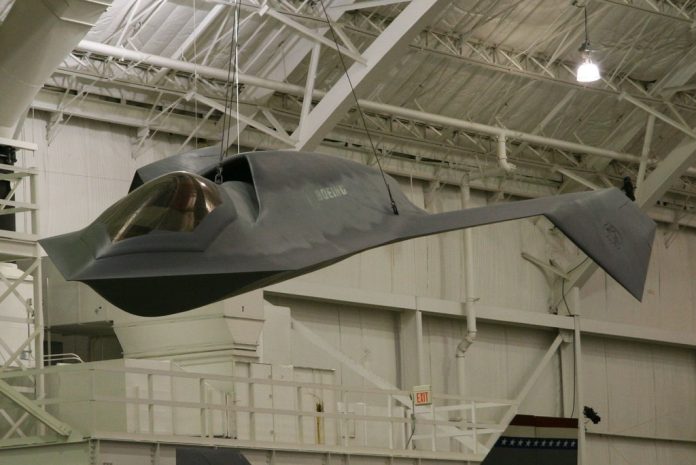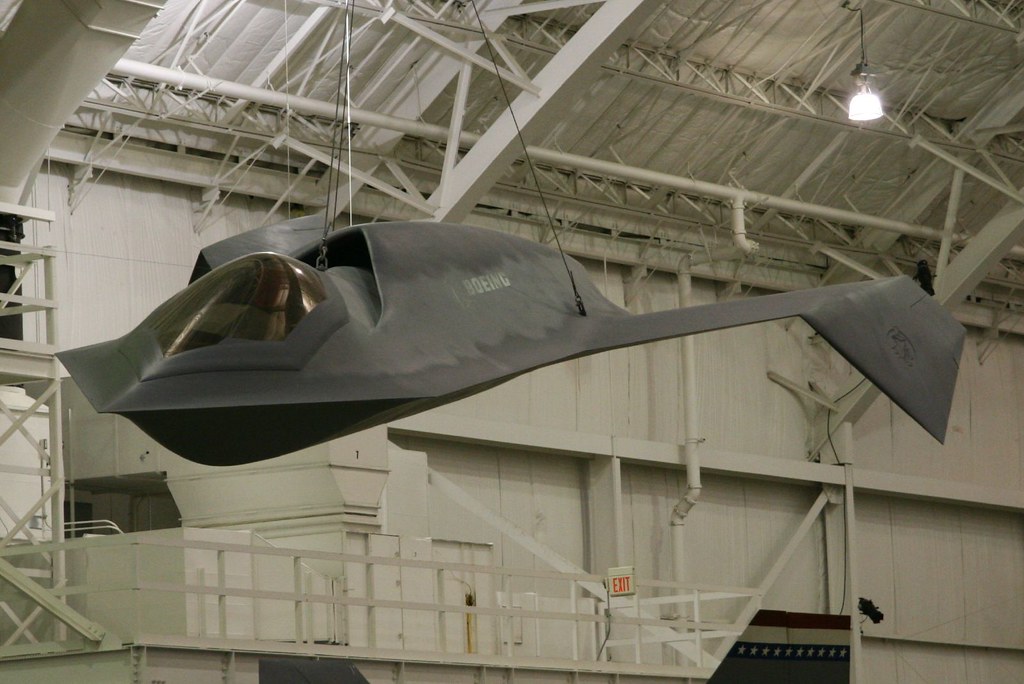
During the 1990s, the YF-118G Bird of Prey, a stealth prototype from Boeing’s Phantom Works, served as a symbol of innovative and progressive methods in aircraft design and stealth technology. This historic aerospace achievement significantly impacted the evolution of contemporary U.S. fighter aircraft.
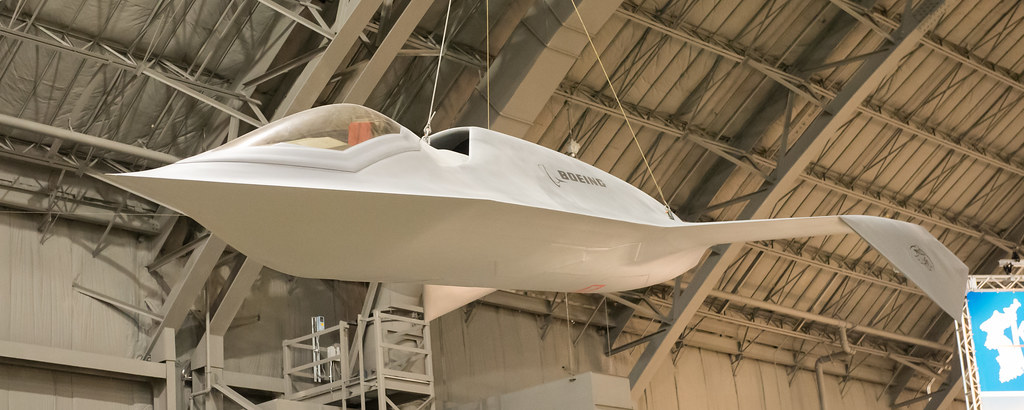
The Bird of Prey’s journey began as a response to the strategic challenges faced by McDonnell-Douglas in the late 1980s and early 1990s when the company was struggling to secure contracts for tactical military jets.

After multiple unsuccessful proposals for the USAF’s Advanced Tactical Fighter (ATF) program and a subsequent with the YF-23 developed in partnership with Northrop Grumman, company leaders decided to embark on a mission to regain their competitive edge.
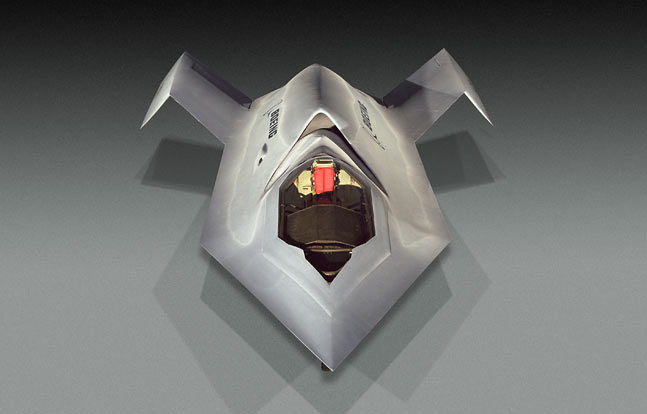
Launched in 1992, the Bird of Prey program’s prime objective was to explore stealth technology capabilities while emphasizing affordability.
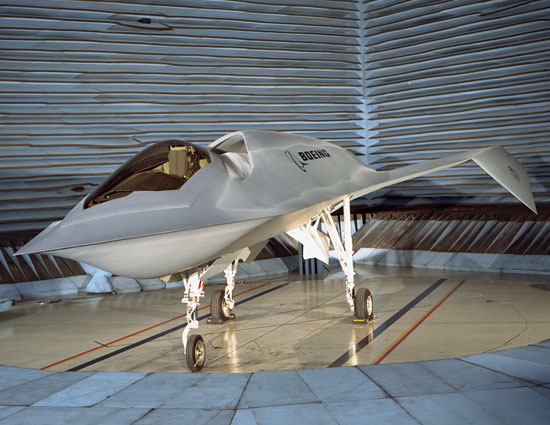
The aircraft, designated ‘YF-118G’ and costing approximately $67 million, was a bold initiative that incorporated remarkable design features to minimize radar cross-section (RCS) and infrared signature.

During its operational period, the Bird of Prey completed 38 test flights between 1996 and 1999.
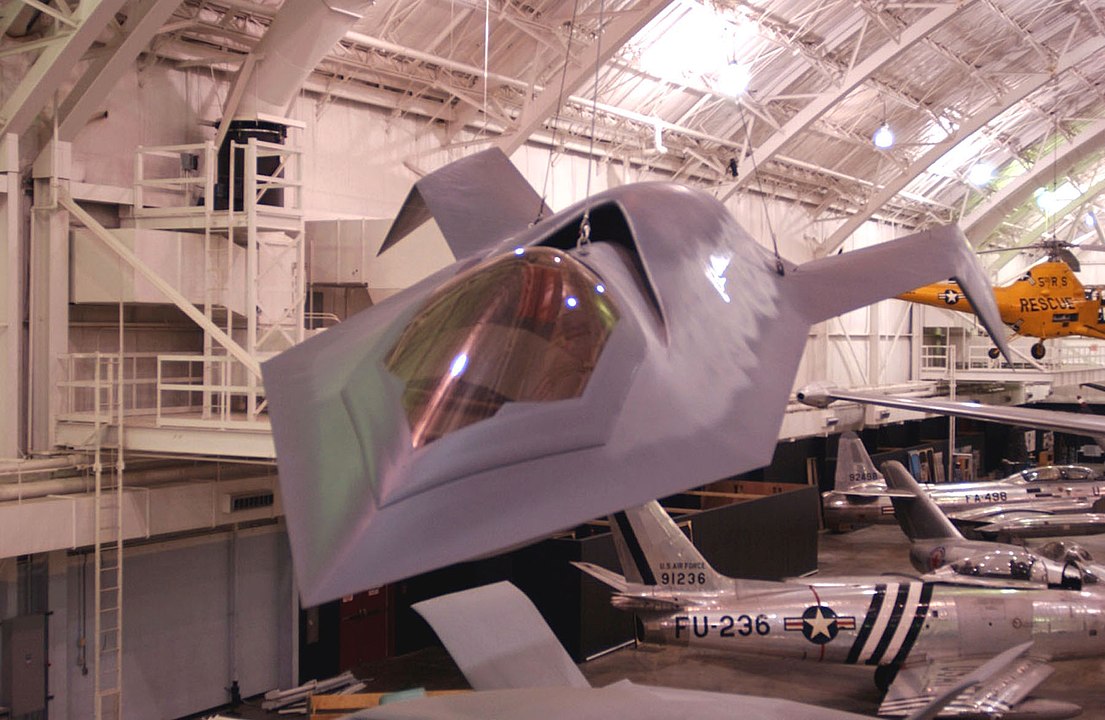
Despite its unique shape and unconventional features, the Bird of Prey did not possess high-flying performance.
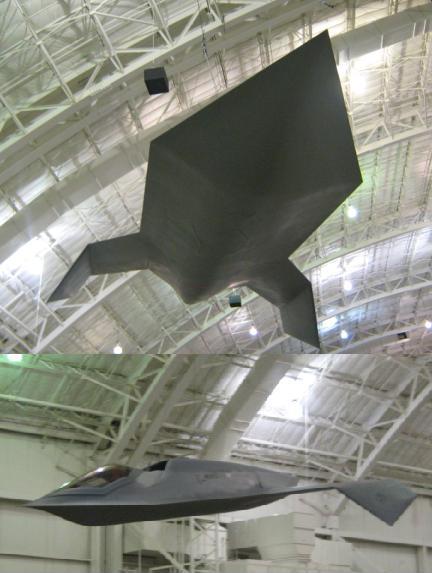
Instead, it was optimized for stealth, which inevitably influenced its operational speed and altitude.

An official Boeing press release reported an “operational speed” of 260 knots and a maximum operating altitude of 20,000 feet.

The Bird of Prey’s stealth features were not just about its external design. The aircraft pioneered the use of gapless control surfaces that blended smoothly into the wings to reduce radar visibility, as well as an engine intake completely shielded from the front.
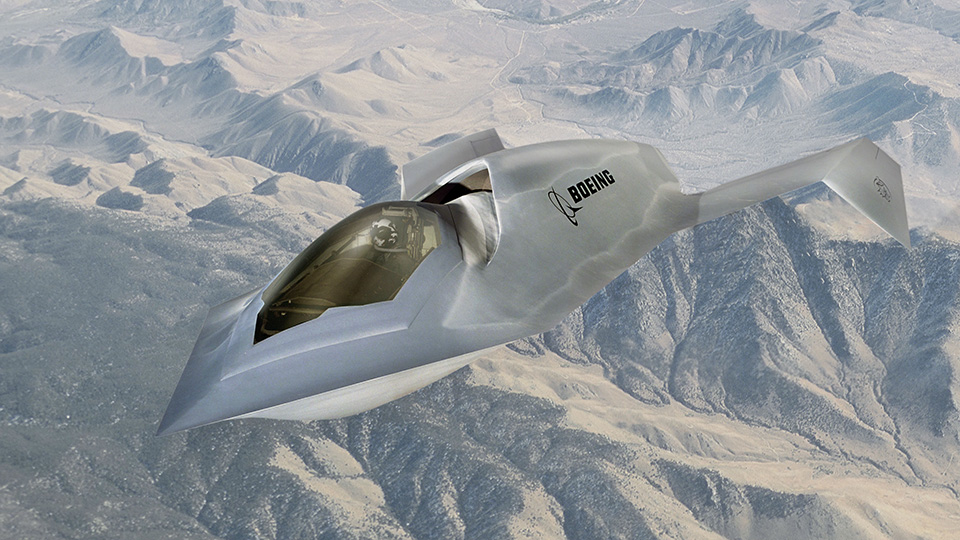
Additionally, it utilized manual flight controls rather than computer assists to keep costs low, and the landing gear was adapted from Beech King Air and Queen Air aircraft.
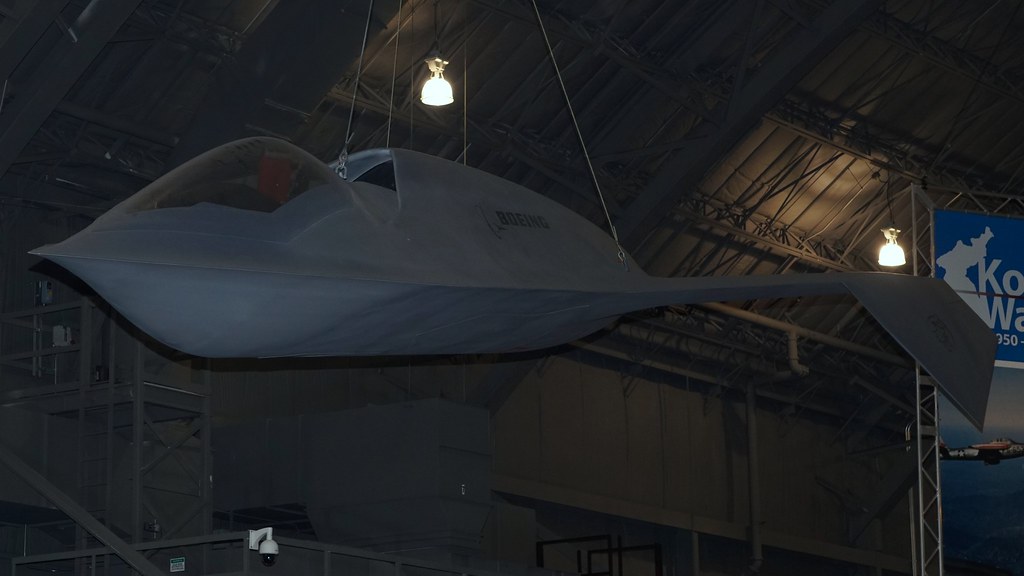
The project’s value, however, extended far beyond its flight statistics.
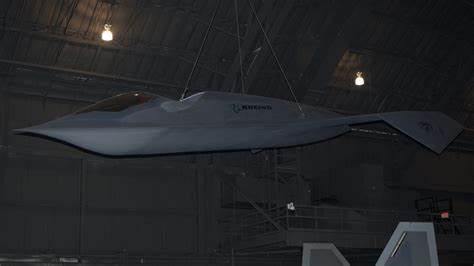
It demonstrated new ways of designing and building aircraft with large single-piece composite structures, “virtual reality” computerized design and assembly, and disposable tooling.
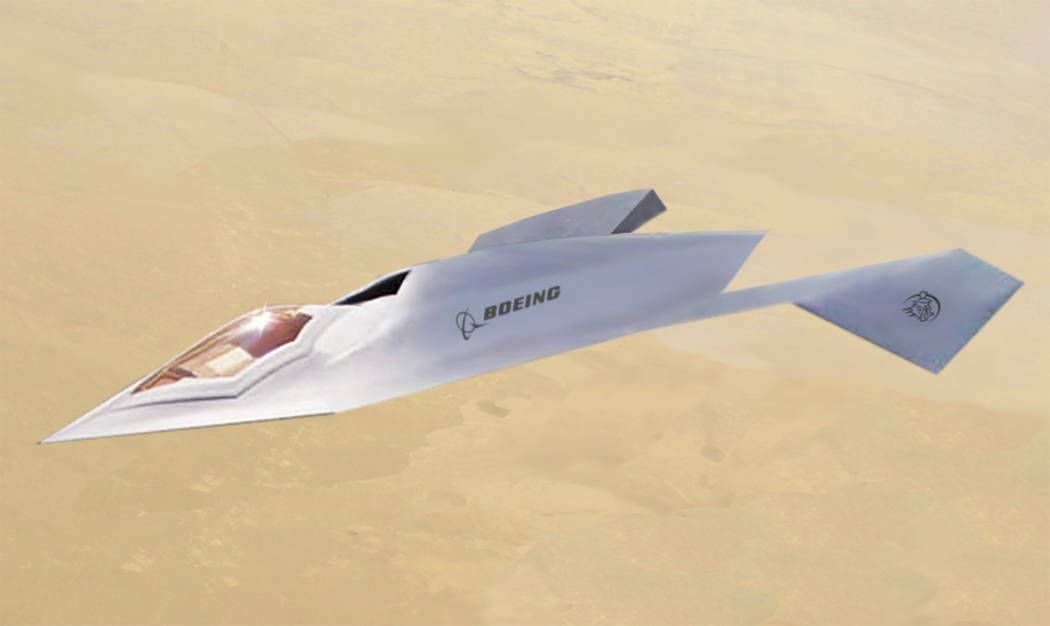
Since its public unveiling in 2002, the Bird of Prey has been housed at the National Museum of the United States Air Force in Dayton, Ohio.
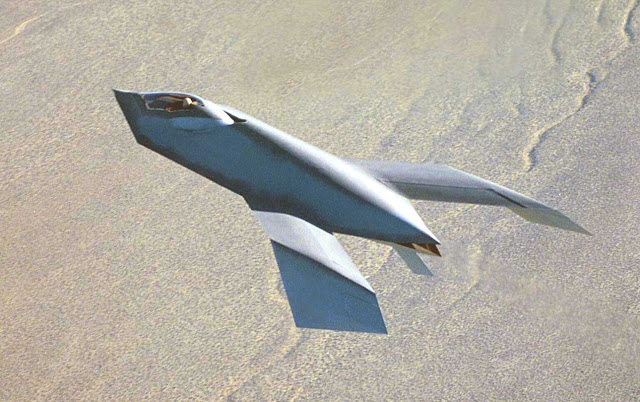
However, one mystery persists the lack of publicly available photos of the cockpit or instrument panel, adding an air of secrecy to an already enigmatic aircraft.
Relevant articles:
– Boeing Bird of Prey Shrouded in Secrecy Still, FLYING Magazine
– Boeing Bird of Prey, National Museum of the USAF (.mil)
– Biomimicry, airbus.com
– YF-118G: The Stealth Program That History Forgot About, The National Interest, Nov 25, 2023
